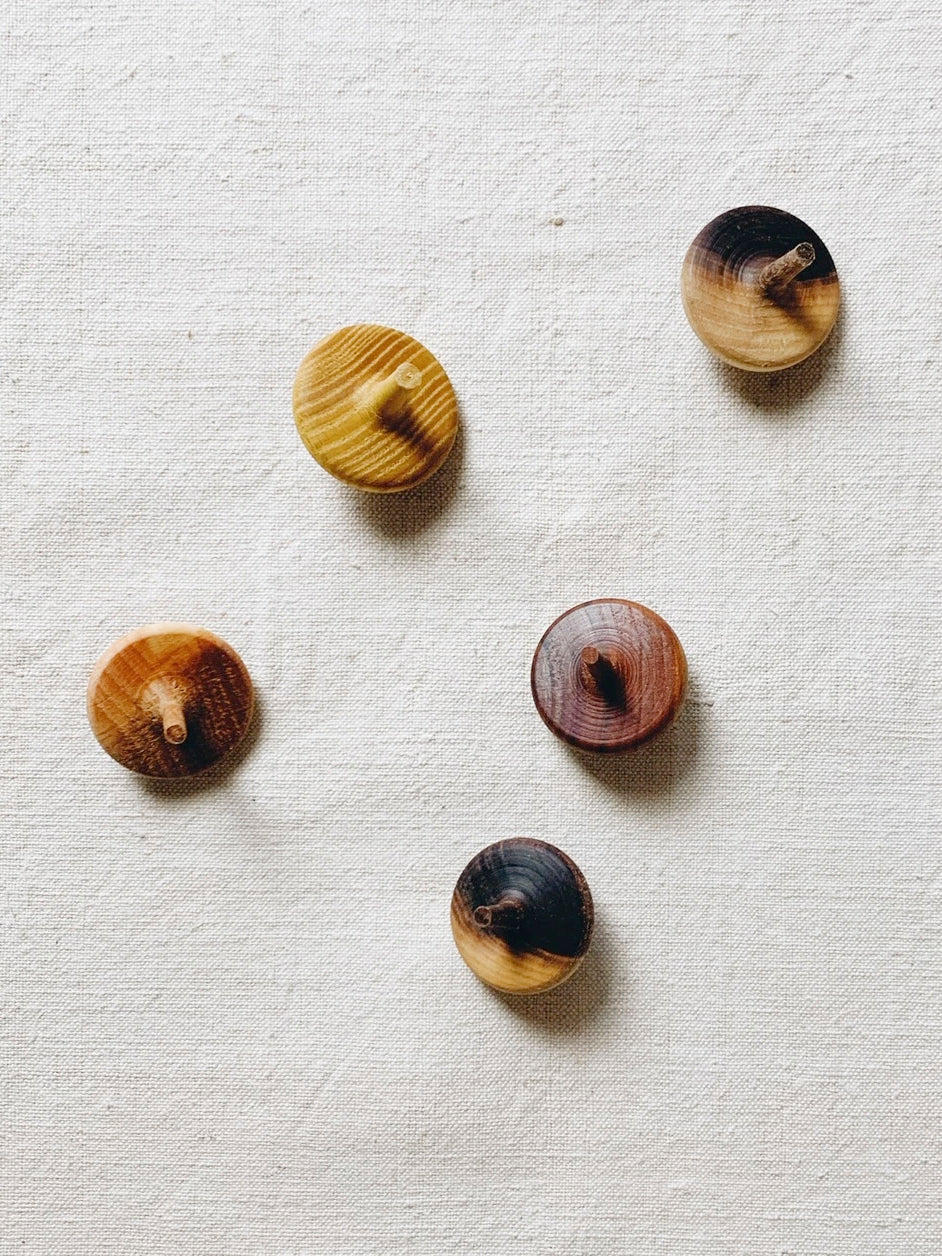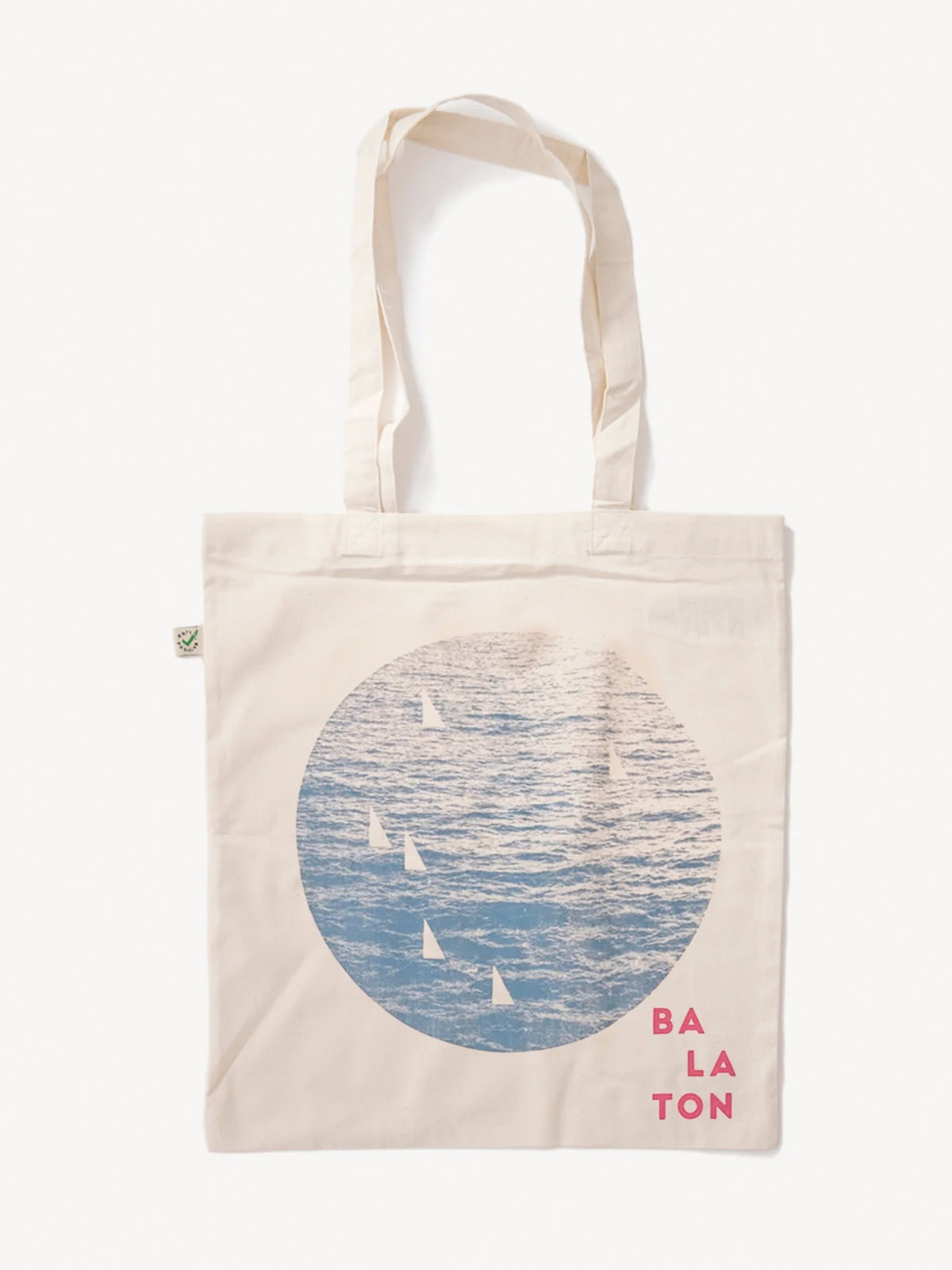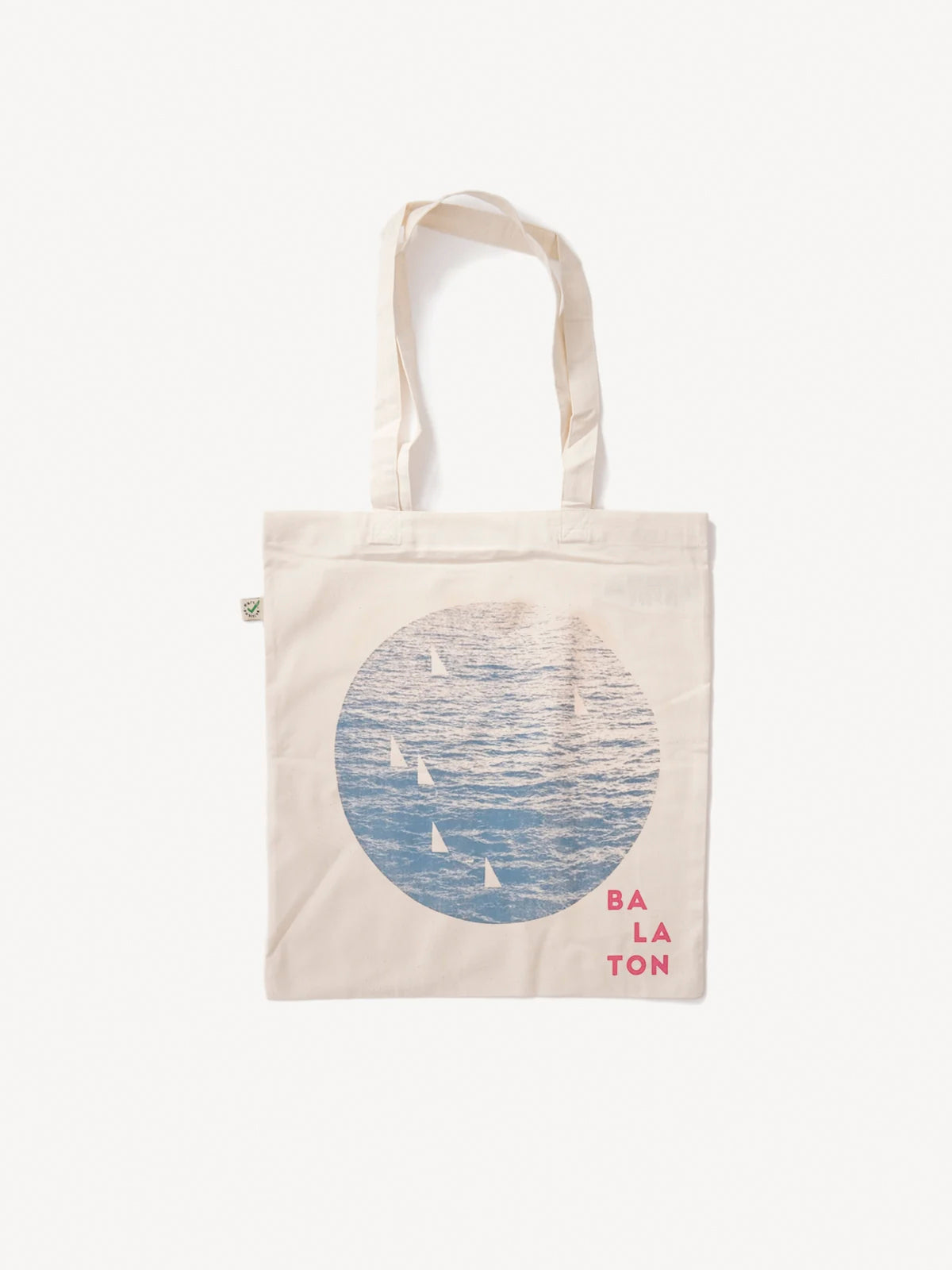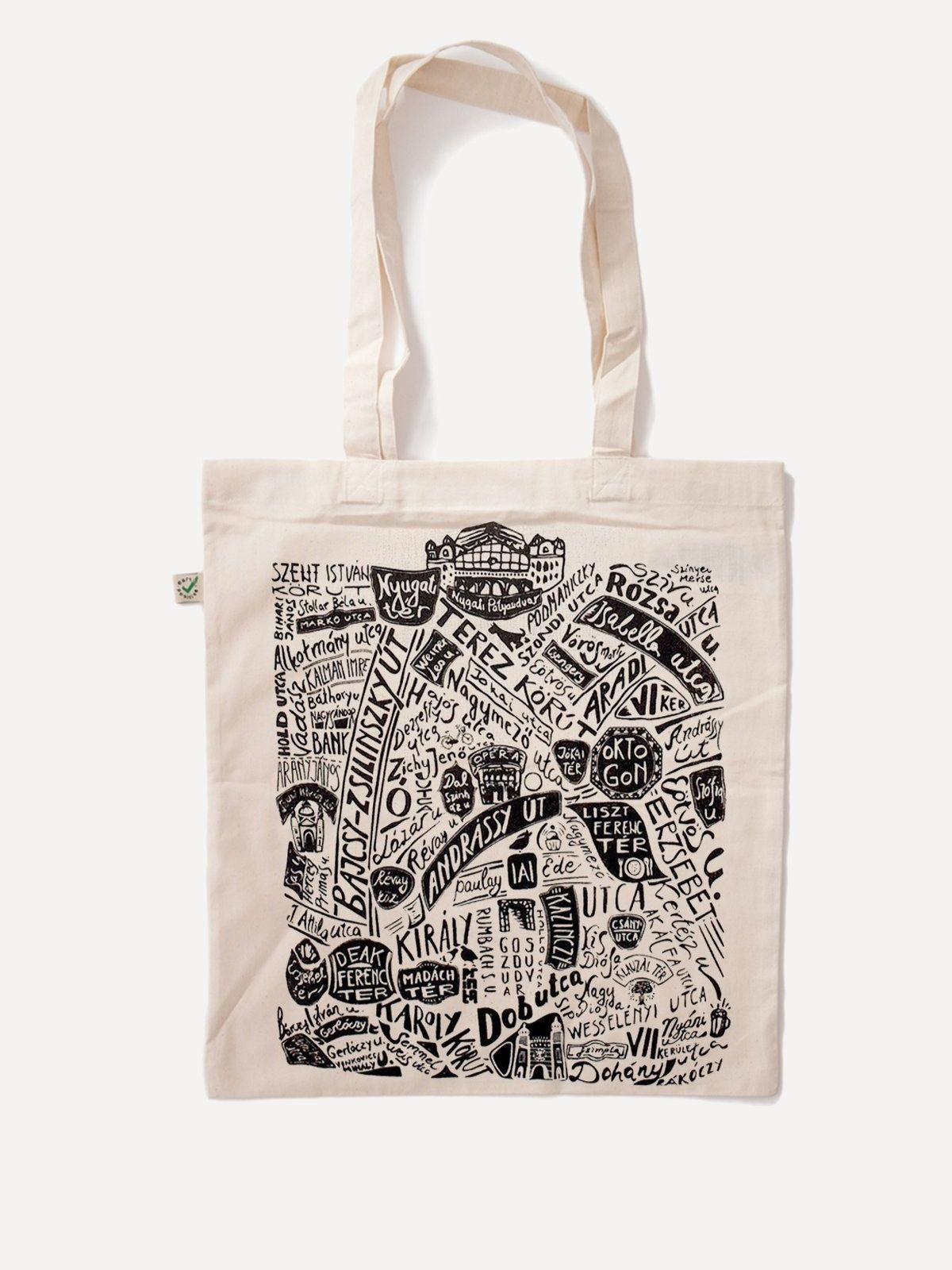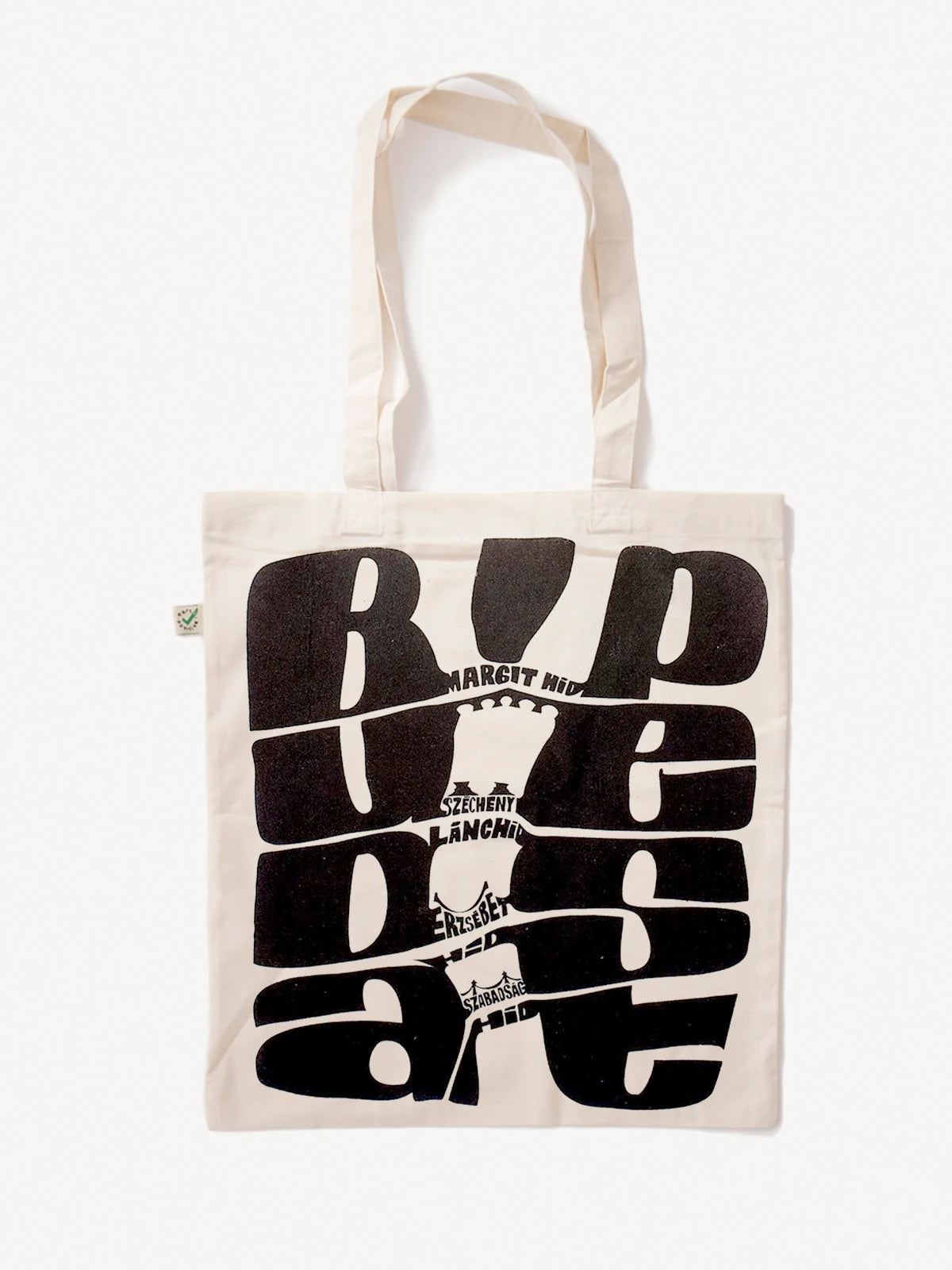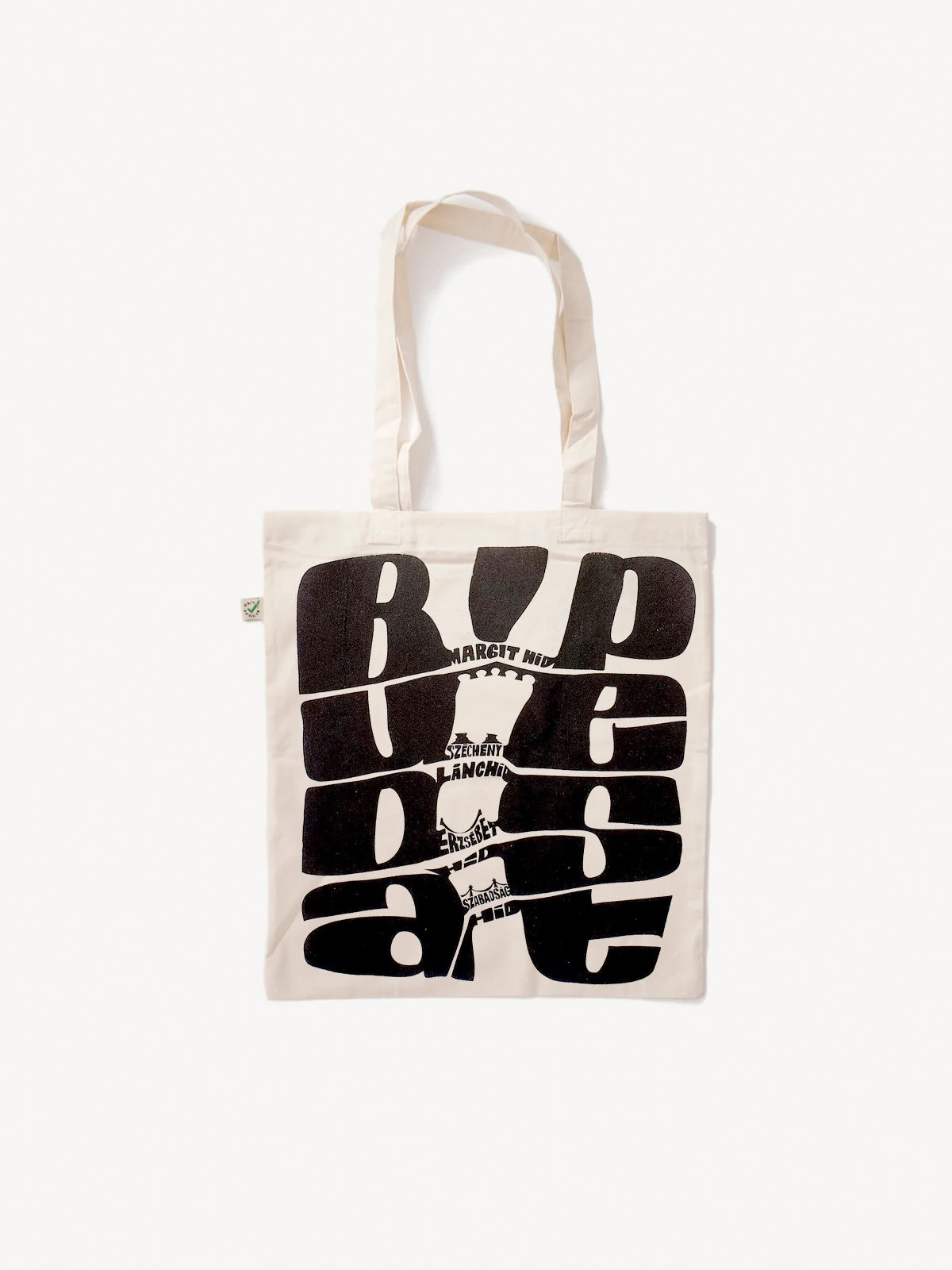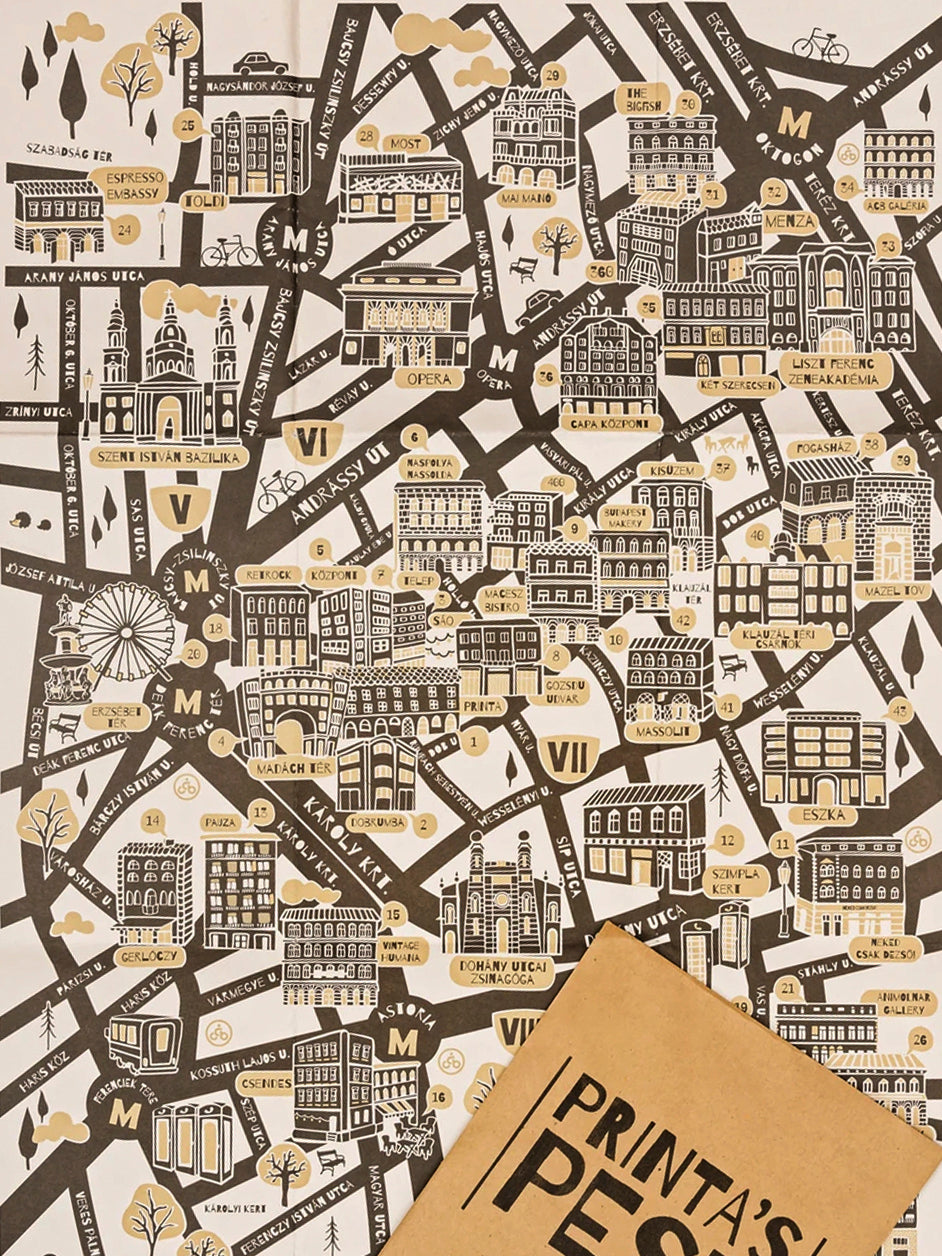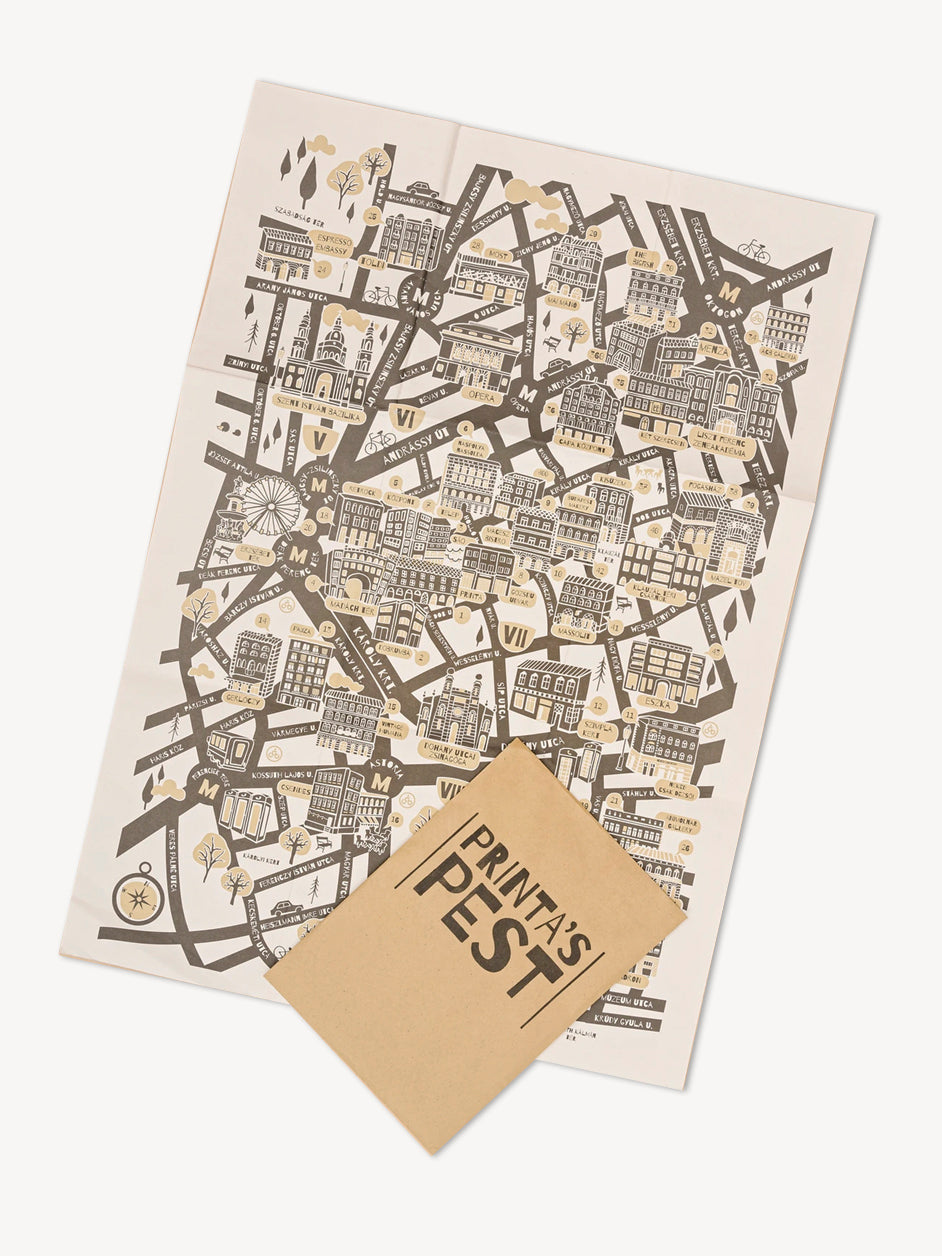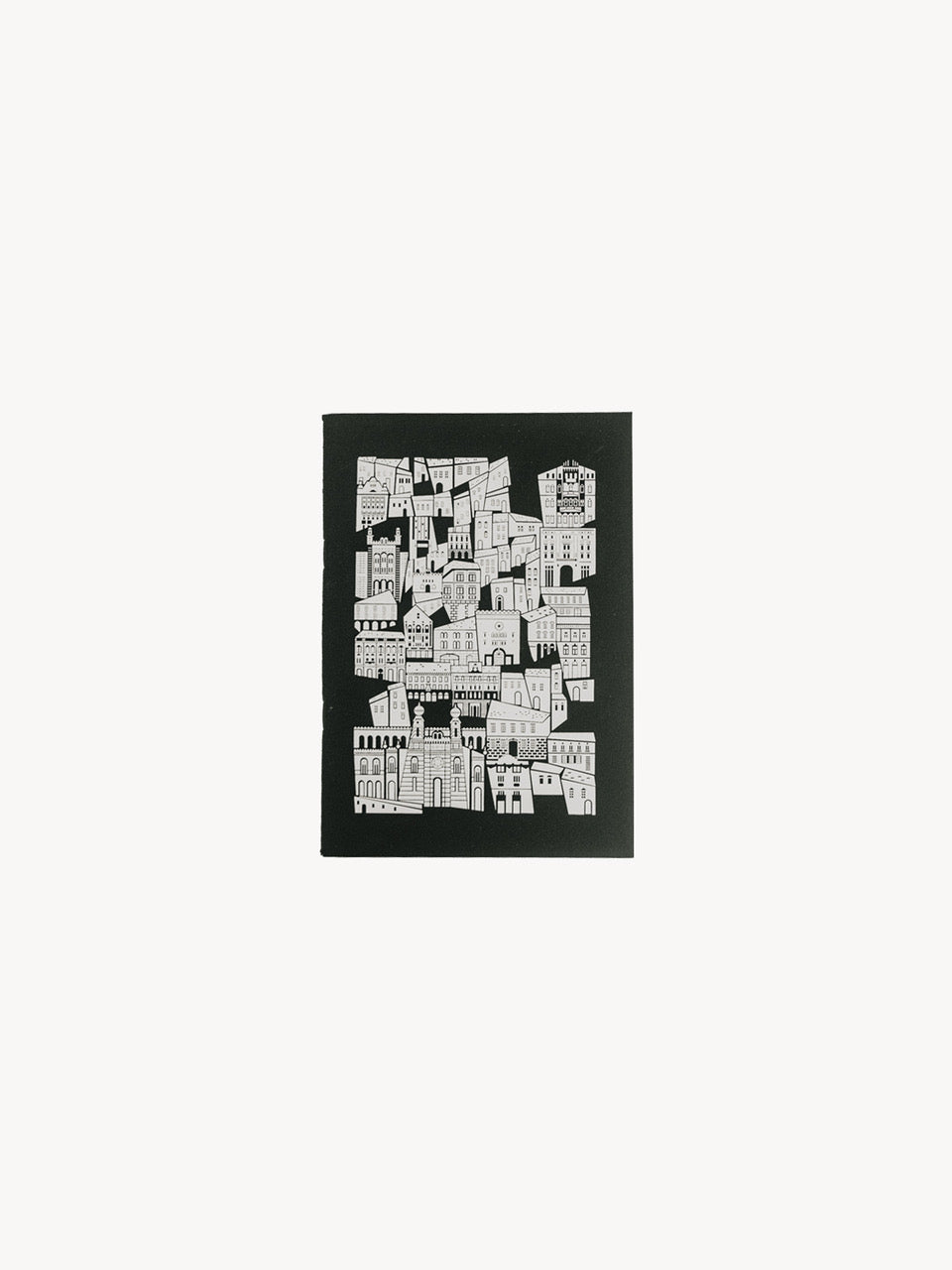A souvenir is not just an object – a memory imprint. Something we take with us to preserve the time, the place, the experience. Yet, mass-produced souvenirs intended for the mass of tourists often lose this personal dimension. In the exhibition, the reflections of four artists approach the theme of the souvenir phenomenon from different perspectives. With irony, humor, abstract or documentary means.

Opening speech by design theorist Kitti Mayer
A few weeks ago, while scrolling through Instagram, I came across a post about a Czech design festival. I had previously been to this event myself, and in fact, I helped organize an exhibition with my co-curator, a member of our professional group Edit , when we spent nearly ten days in one of the Czechs' important industrial cities, from which, among other things, the Bata shoe brand started. So, one of the photos from Zlin Design Week caught my eye: curious people gathered around a container filled with Czech design objects, listening attentively to a young girl. I immediately recognized what she was wearing: a pink-mustard short coat from the Printa Stripes Mistiques collection. That's what caught my eye. I continued to browse. In a subsequent shot, I also discovered the pink baggy pants she was wearing, called "Mood." This certain someone (the curator? the program organizer?), who I still don't know who, wore clothes from a Hungarian design brand (which I really like). It could even be a Hungarian expert invited by the organizers of the Czech festival. But it could also be a Czech expert who (and this is a guess) walked into Printá during his recent tourist trip to Budapest, fell in love with these clothes, bought them and took them home. Warning: seeing Hungarian designer clothes on a Czech person is a big deal, we could say – it's rare as a white raven (the Czechs are well-stocked with products from the best Czech designers , believe me).

Why am I telling you this now? On the one hand, because of the exceptional nature of the case, and on the other hand , so that you can see, let's see: anything can be a souvenir. We don't have to stick to mass-produced, often tasteless, objects with no message or added value – fridge magnets, key chains, bottle openers (we know). Of course, the character in the (supposed) story told above is someone who is open to good design, seeks the local, the special, and (in this case, also assumedly) bought it for himself. He took home a slice of Budapest without the words Budapest, the Parliament or the Fisherman's Bastion, or any other boringly hackneyed motif or phrase appearing anywhere on the selected items of clothing. And yet: Budapest is very much there – if not explicitly, not intrusively, not loudly, but still eye-catching and spectacular – because these objects were designed, made, cut, sewn , and hung on hangers here. In this workshop, in this store, which has long been the headquarters of one of the defining brands of the Hungarian design scene, Printa. Look around, because any piece here can be a souvenir, you just have to know how to use it well. One of Printa’s first graphics, created as a counterweight to the spread of mass-produced souvenirs – with the bridges connecting Buda to Pest – is now considered an emblematic bestseller. (I also gave my nephew a T-shirt with such a graphic a few years ago for his birthday, even though he lives just across the Slovak border, but I knew how cool he would think this top would be, and that no one else at school would have one like it.)

And even if my speculation above that this is a Czech girl who has been here is not true, the story is still instructive. It can help us, when we are able to and explore a foreign city, to walk around with open eyes, looking for authentic treasures. Something that speaks to us, something that is more than just plastic. Something that is valuable. Valuable because we bought it from a small local business, a designer, who not only has hours of work, creative energy, but also his own story is included in these objects. Because in the case of a simple souvenir that we have hastily thrown into our shopping cart and then into our suitcase in the moments before leaving, the dialogue ends with the following: “Hi, we brought this for you from here and there!”, to which usually the only response will be a “Thank you, you are very kind,” and the story ends there. There are no exciting details, no memorable moments (unless we forget about time in the midst of excessive selection and miss our flight). While a good souvenir (which we don't even need to call it that) starts a conversation , makes us curious, wants to know where, how and by whom it was made – it goes beyond itself, tells a story. Of course, choosing a good souvenir takes time, some awareness and it doesn't hurt to pay attention to the warning signs that can distract us from them. What are these? If it stands in piles, if there are a lot of them. Too many. If it bears the same repetitive, schematic symbols that are recognizable to anyone .

Okay, clear, we know what a bad souvenir is. But how can we recognize a good one? Printa helps us with this too, not only with the sustainable and creative alternatives already out there , but also with this exhibition. This exhibition is a mirror. Sometimes ironic, sometimes humorous, but most importantly: self-reflective. It features porcelain souvenirs from the good old days (when the Parliament still had a red star), but it is not satisfied with nostalgia – Zita Majoros fills miniaturized versions of Budapest's emblematic buildings with extra content, adds. Here, for example, is the Parliament, over which "dark clouds" tower (because for us, no matter how wonderful a building the Parliament is, it is also the architectural embodiment of a not always just legislature – poor Imre Steindl). We see Krisztina Szalay's documentary-style photographs – we even hear the peculiar, cacophonous clamor of the horde of tourists speaking various languages around the piled-up paprika, sometimes sold as a whole or in the form of ground pepper (God save us from the mass of people in the Great Market Hall!). There is no filter or pose here, instead the cruel flash presents us with everyday reality, raw, without any embellishment or pretense. On the other hand, we get plenty of pleasure from wanting to please in another work. In Anna Szabó's series, we are presented with a female flaneur, a wanderer, visiting the capital, although she only pretends to explore the city: in reality, she uses it as a set, and tries to get in front of the camera lens in such a way as to show her best face (“Only the pink-blue-green backdrop and the perfectly tuned makeup and hair crown will look good on the Insta feed”). Bálint Varga's screen print is deceptive: we certainly wouldn't think it would be suitable as a souvenir, in fact, it could be dropped in any major city in the world and it would stand its ground. A very interesting mix, both archaic and cosmopolitan, folk and urban at the same time, a true multicultural! A vase with handles, which might even remind us of the amphorae of ancient Greek art, but instead of figures dressed in togas, athletic runners with small bodies are stepping on each other's heels over poultry (!) (pale or red grilled chickens waiting in the refrigerated counter?). And if it's a vase, it could also be Chinese - because it was made there (like most souvenirs, on an assembly line). But it could also be a reference to Chinatown, or even to the truly traditional, hand-painted Chinese porcelains that look back on centuries of history also.

Lesson learned? There is indeed a good souvenir. We just have to find it. And if next time we leave the purchase of souvenirs to the last minute due to lack of time, let's not buy anything at all. It will be better for everyone. And if we are leaving home and looking for a gift for foreign acquaintances, let's take Printa with us. It will be better for everyone.
Exhibiting artists: Zita MAJOROS, Bálint VARGA, Anna SZABÓ, Krisztina SZALAY
Text and concept management: Réka Vikárius
Photos: Alexander Bay
